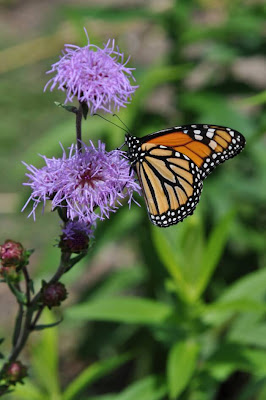Food is the second medicine.
We are spiritual beings having a physical experience. When our feelings are hurt or we’re down we might say our spirits are low. When we feel great we say we’re in high spirits. Our feelings are one reflection or dimension of our spirit that our bodies can easily perceive.
Our bodies’ condition can affect our feelings and spirit.
Hormones, wounds, illness, health, touch and sensuality, all of these physical realities in our bodies interact with our spirits to help us feel emotions. Water and food provide our bodies with the energy to continue hosting our spirits. It’s common knowledge that our bodies absorb the physical qualities of the food we eat when we digest it and strip it of usable nutrients. What would happen if folks everywhere started to recognize that the spiritual qualities of the food we eat are absorbed and used by our spirits?
Have you ever heard someone say that
Love is the most important ingredient
in their cooking? More then one professional chef has told me this and though I love to cook, I’m not a chef. By trade I’m a landscaper and composter. In my experience, the same ingredient that good chefs pour into every dish in order to bring flavor to life is also the most important tool we have for growing healthy food. Love guides any holistically healthy growing operation. Love of people, love of Earth, and love of life are a few of the tools that growers can use everyday in their pursuit of health.




















